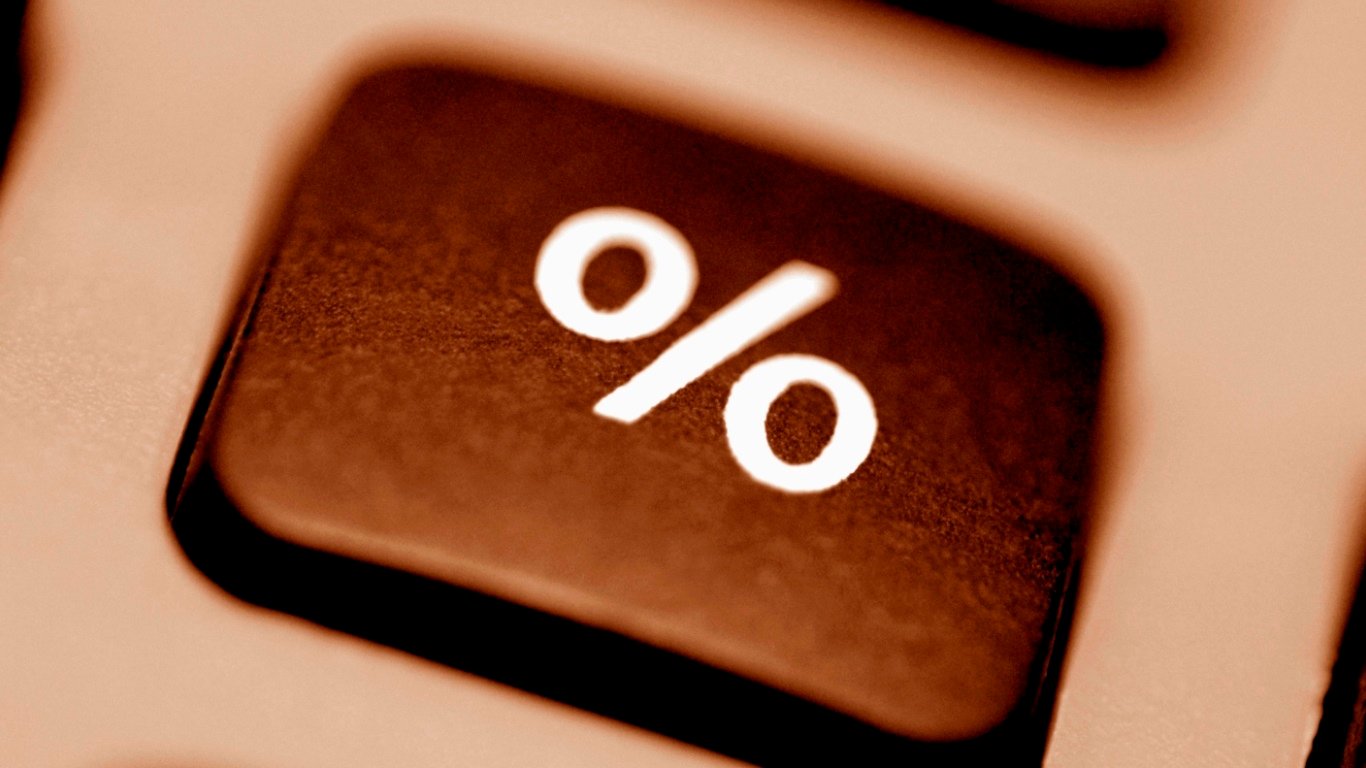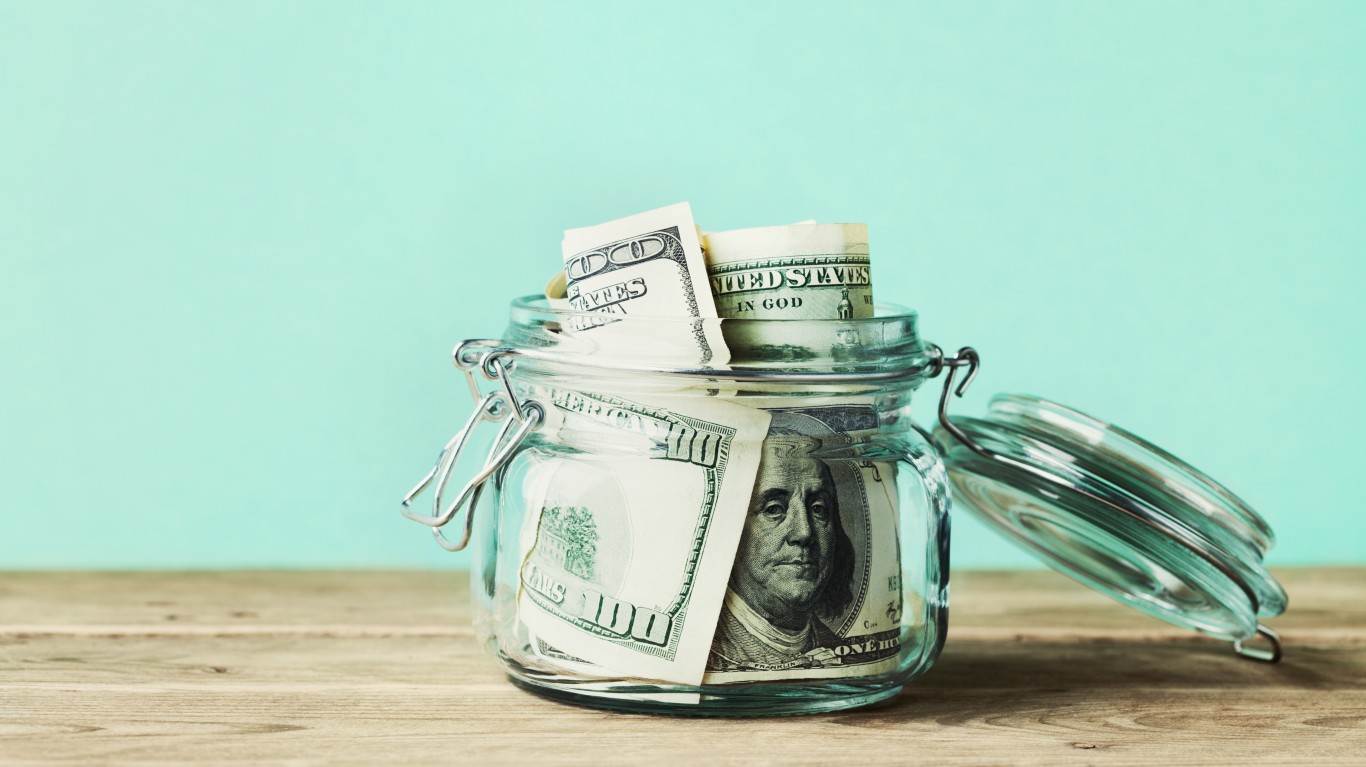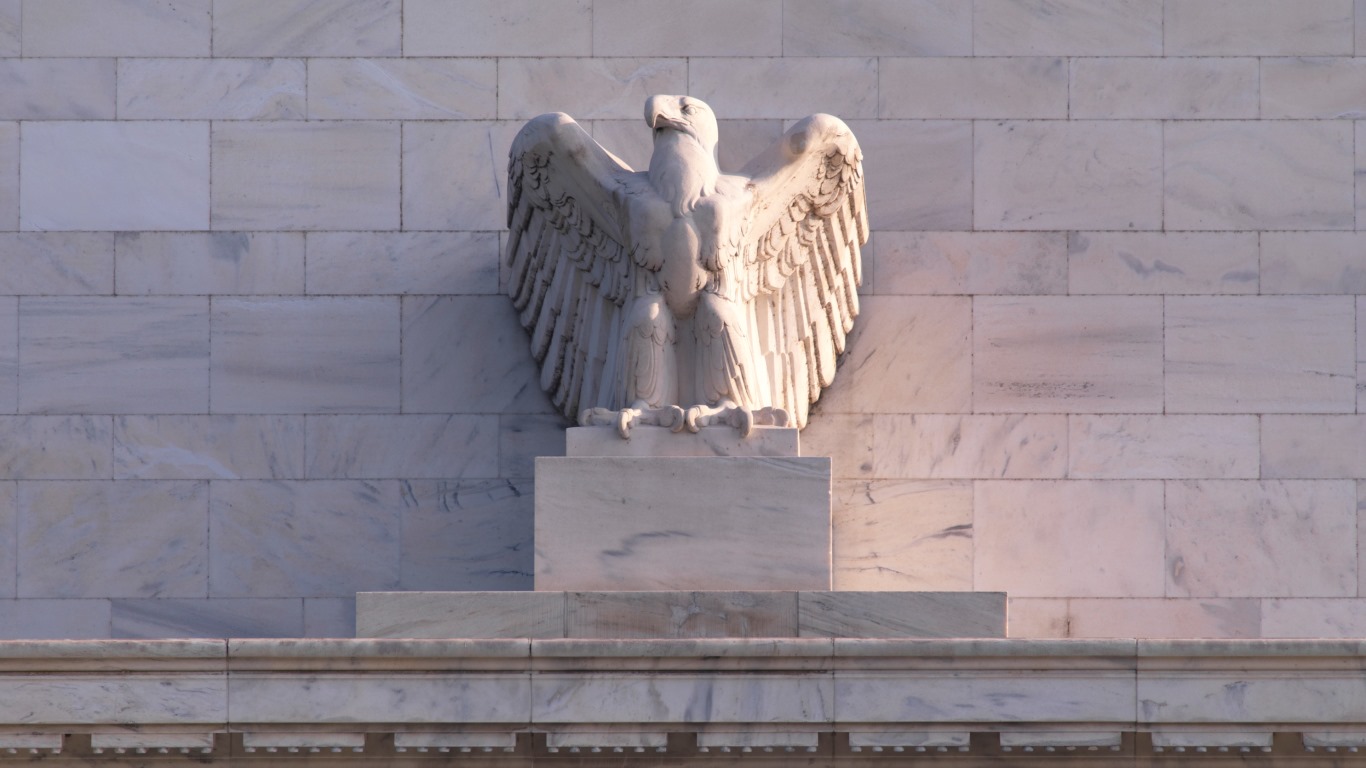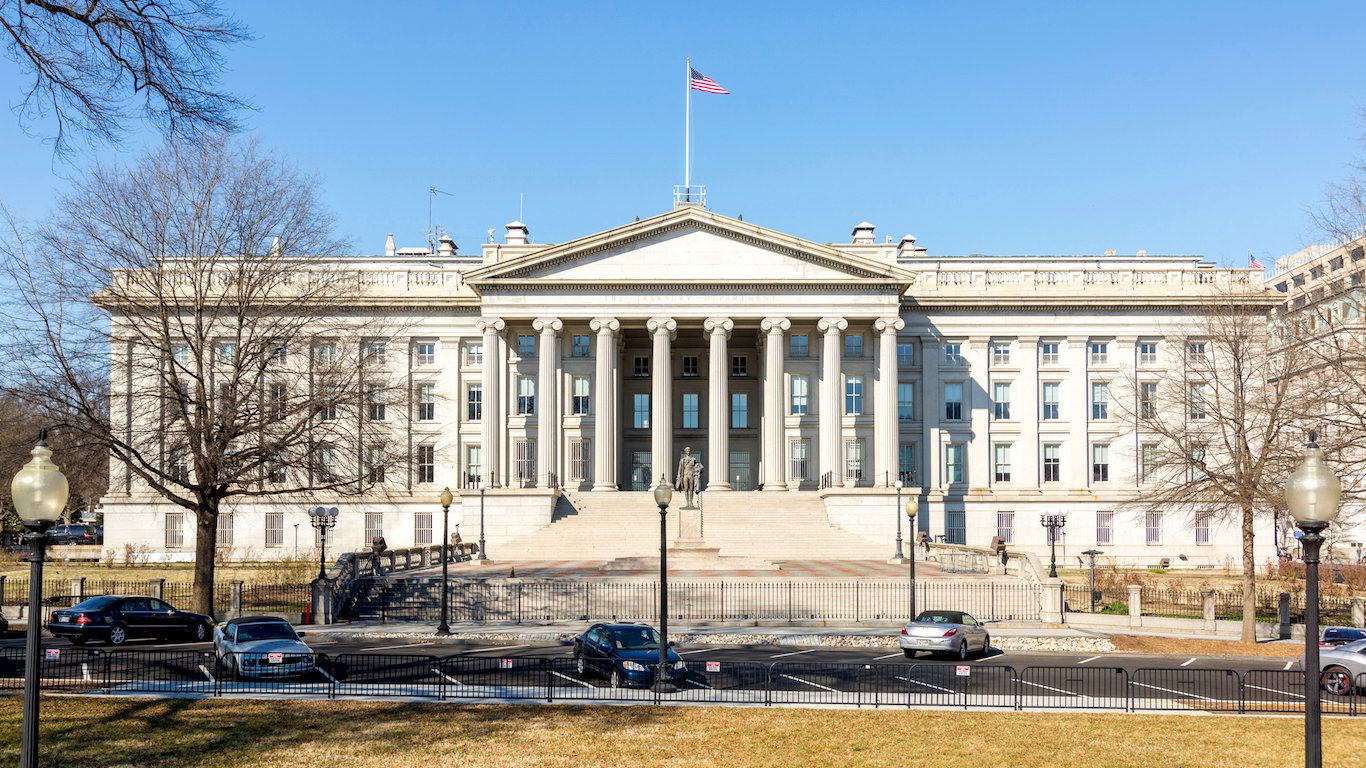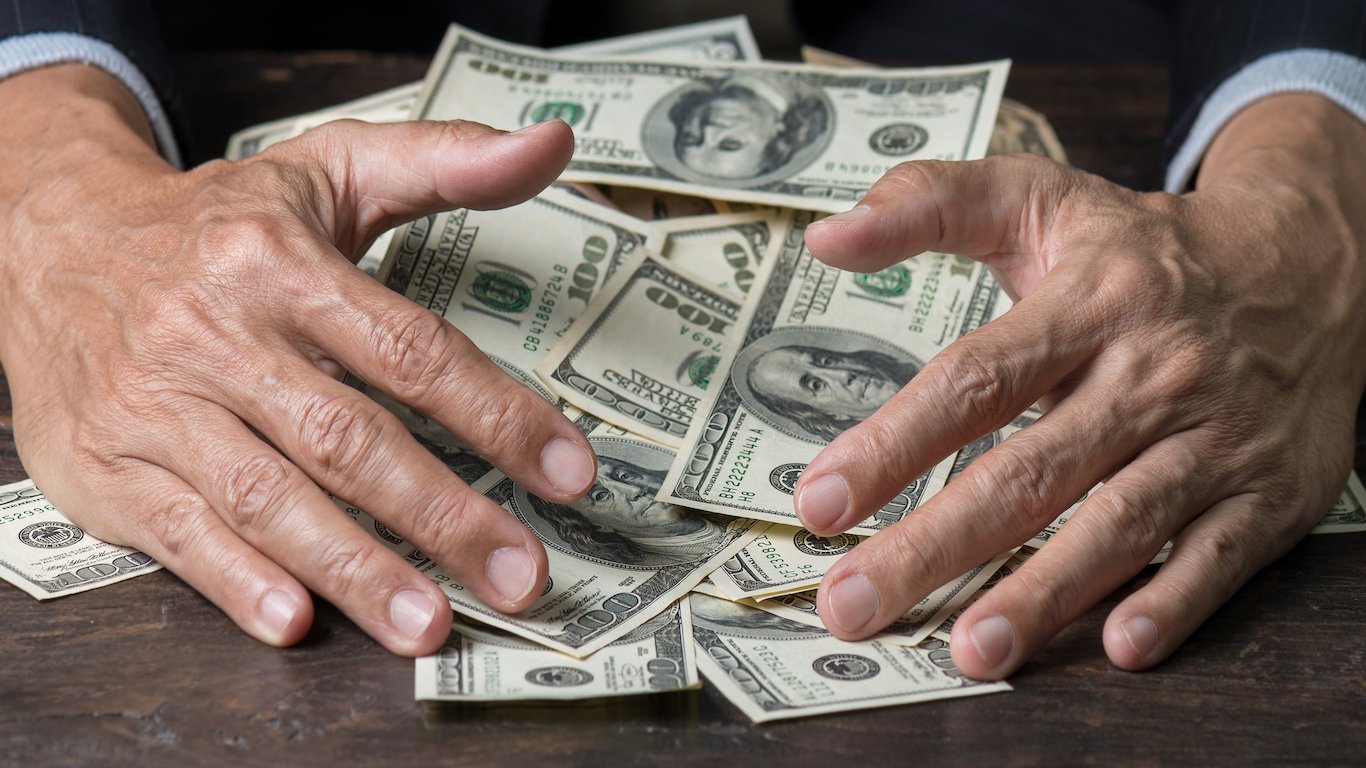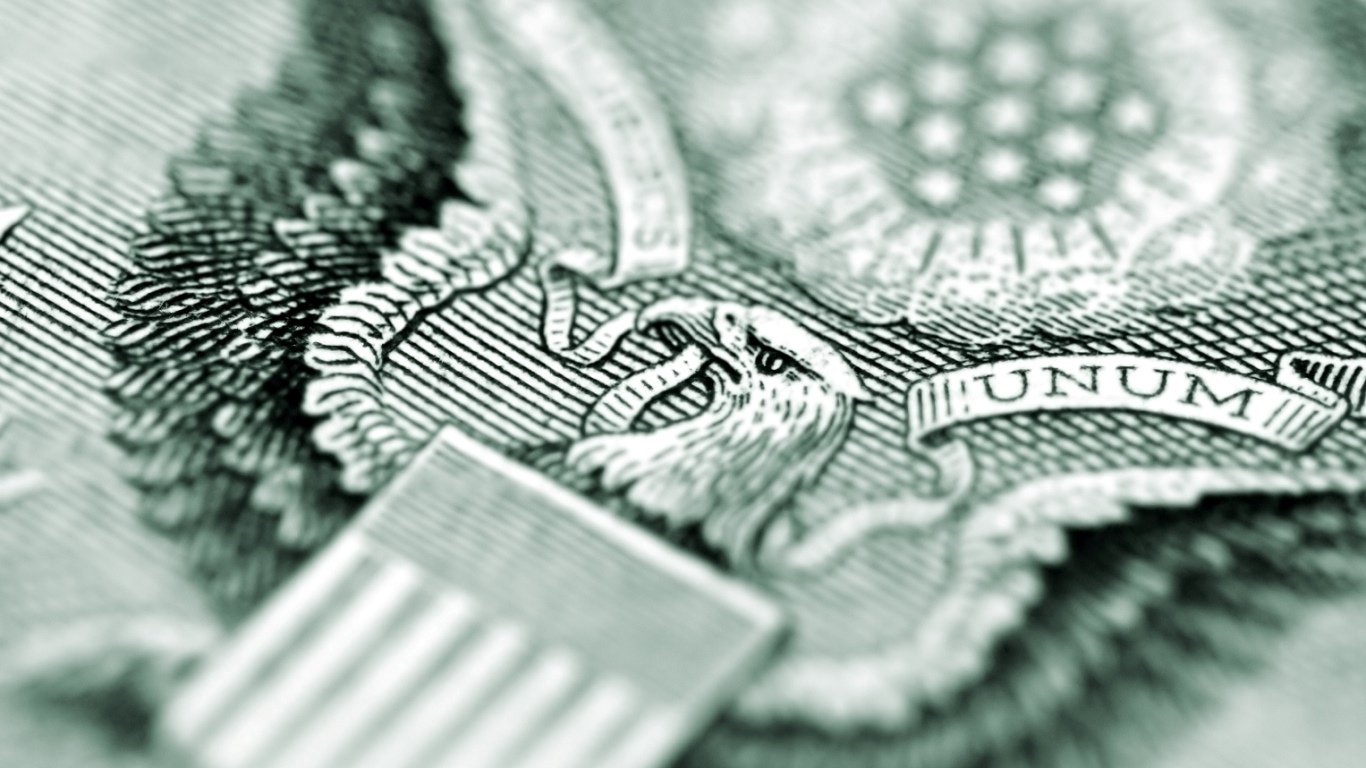U.S. Department of the Treasury
Long-term Treasury yields are at lows that have never been seen before, and parts of the yield curve are inverted. With a fresh case of the coronavirus in the United States, the markets are feeling...
Published:
With the Federal Reserve announcement on a decision on interest rates this week, many eyes will be focused on what is going on with Treasury yields over the coming days.
Published:
The Institute of International Finance has issued its latest outlook on debt. 24/7 Wall St. wanted to put some of the overgrowing debt into context in U.S. terms.
Published:
24/7 Wall St. wanted to take a look at where interest rates are heading in 2020, which pertains to credit market metrics for consumers and businesses alike.
Published:
The last week of October is going to be an important one for the global financial markets. The Federal Reserve's Federal Open Market Committee is expected to reveal another federal funds rate cut.
Published:
The thought of negative interest rates in the United States is almost impossible to imagine. Now a paper published by the Federal Reserve Bank of San Francisco is pointing out how and where negative...
Published:
Treasury Secretary Mnuchin has outlined an agreement that allows Fannie Mae and Freddie Mac to begin retaining their earnings instead of sending essentially all their profits to the Treasury.
Published:
With the deficit in the United States now over $22 trillion, there may come a day when deficits and credit actually matter again.
Published:
With another round of Presidential candidate debates on the docket, it’s time to talk about deficits. Realistically, it seems no one in Washington, D.C. has any great plans about how to deal...
Published:
The U.S. Treasury Department on Thursday released a plan to revitalize Fannie Mae and Freddie Mac, the two government-sponsored companies that hold about half the country's $11 trillion mortgage loan...
Published:
Explaining negative interest rates is arcane, almost as if it were medieval times and peasants were so desperate to protect their few coins they own from brigands and warlords that they were willing...
Published:
In the argument about who pays for negative interest rates, there may be no winners. It still looks like the odds of negative interest rates in the United States appear to be less than zero.
Published:
While the latest fallout after the trade war salvos seems to have priced in close to half of an additional interest rate cut from the U.S. Federal Reserve, it's time to wonder what will happen.
Published:
Just as China has more to lose than the United States in a trade war, it has more to potentially lose than the United States if it decides to dump its U.S. Treasury holdings entirely.
Published:
Global government debt reached the equivalent of $66 trillion at the end of 2018 according to a report from Fitch Ratings. That's almost twice as high as global debt at the end of 2007 -- and is now...
Published:
Last Updated:
